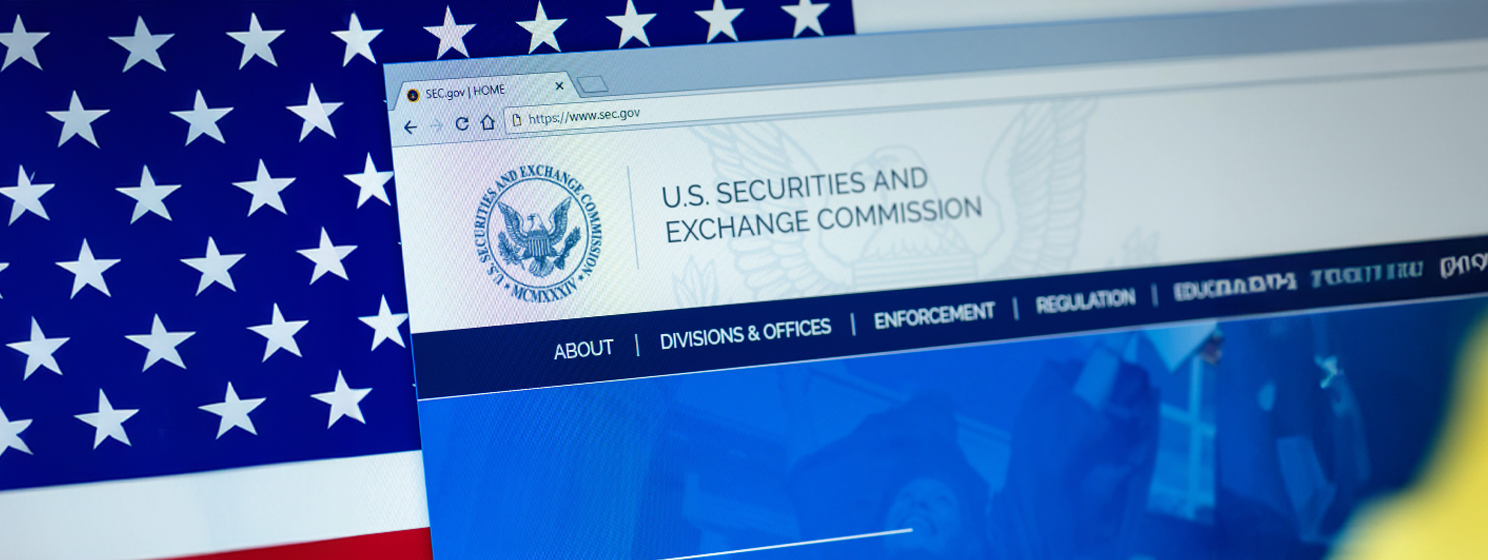
|
Getting your Trinity Audio player ready... |
The Eurosystem announced more wholesale distributed ledger technology (DLT) settlement trials in July after the first batch began testing in May.
The second group, comprised of 48 private companies and three central banks, will trial both cross-border and payment-versus-payment (PvP) transactions.
15 DLT operators are taking part, including big banks like JP Morgan (NASDAQ: JPM), Goldman Sachs (NASDAQ: GS), HSBC (NASDAQ: HSBC), Euroclear and others. All of these have their own DLT solutions.
The trials will involve a mix of real payments with volume limits and simulations. Tests will involve domestic payments using tokenized deposits as well as a variety of security settlement use cases, and the central banks of Germany, Italy, and France will provide interoperability solutions.
Jigsaw pieces coming together
The Eurosystem involves the European Central Bank (ECB) and the national central banks of member states that don’t use the euro as their currency. Several of them are also engaged in other innovative projects by the Bank for International Settlements (BIS), such as Project Meridian FX.
It’s not difficult to see the jigsaw pieces coming together; all over the world, central banks are teaming up with international financial institutions, private banks and other organizations to rebuild the global financial plumbing.
From mBridge, which will make cross-border settlements between central banks instant, to the aforementioned European DLT trials, to central bank digital currencies (CBDCs), outdated systems like SWIFT and the complex web of correspondent banks that make the current settlements system work are being transformed in real-time.
However, one piece of the puzzle is still missing. Some can already see it, but it will likely become clearer as these pieces come together and don’t quite fit.
A scalable public ledger to underpin everything
Using different DLTs for various elements of the financial system is ultimately self-defeating. Loading the auditability of a single ledger undoes much of the potential transparency, and introducing bridges to help move between ledgers introduces unnecessary security vulnerabilities.
What’s needed is a single unifying ledger that underpins everything. To date, only the BSV Blockchain, which follows the original Bitcoin white paper, scales enough with the necessary functionality to act as the world’s unifying ledger.
Systems like the DLTs private banks are pushing, and the private ledgers central banks will use for settlements can still exist. However, for them to be truly interoperable and seamless, they need to act as private, permissioned networks on top of one unboundedly scalable ledger.
This architecture would allow for the privacy and limited accessibility that some systems require while making them interoperable with each other and other applications. It’s akin to the difference between the open internet and the various intranets that exist today.
This will all be realized in time. Until then, may the tests, trials, and pilot programs continue. The financial system is in dire need of transformation, and it’s great to see it happening.
Watch BSV DevCon 2024 highlights: Building real-world solutions for real-world problems

 11-21-2024
11-21-2024


